#burntoutclutch
Text
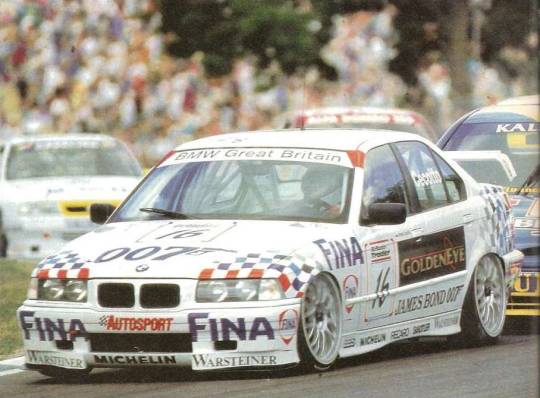


BMW's James Bond "GoldenEye" graphics for their 1995 BTCC racing season.
#bmw#jamesbond#bmwz3#bmwm3#jamesbondbmw#jamesbondbmwz3#007#btcc#racing#touringcar#germancars#goldeneye#007goldeneye#jamesbondgoldeneye#archive#carchived#specialedition#scans#burntoutclutch
3 notes
·
View notes
Text
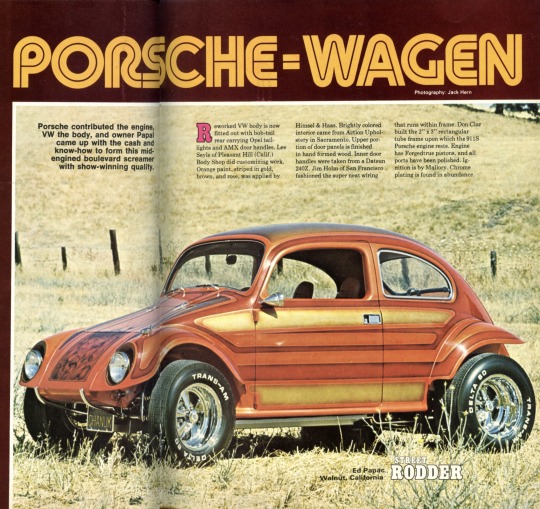
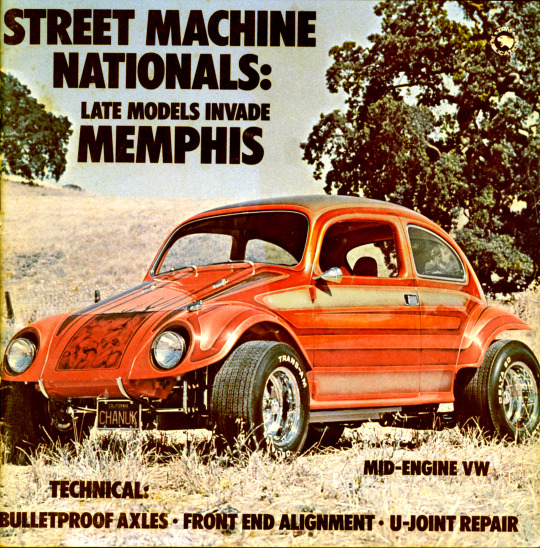
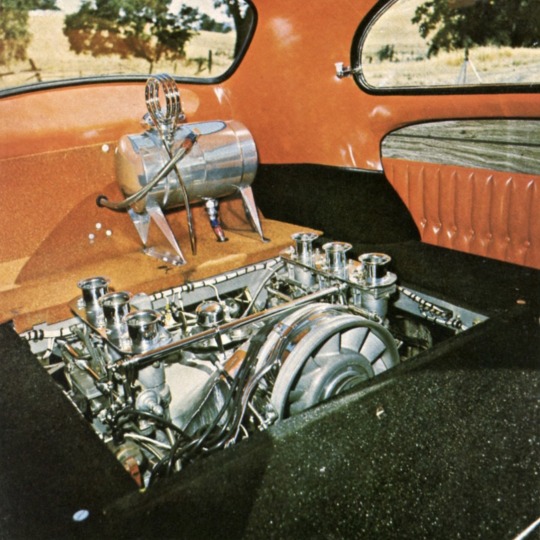
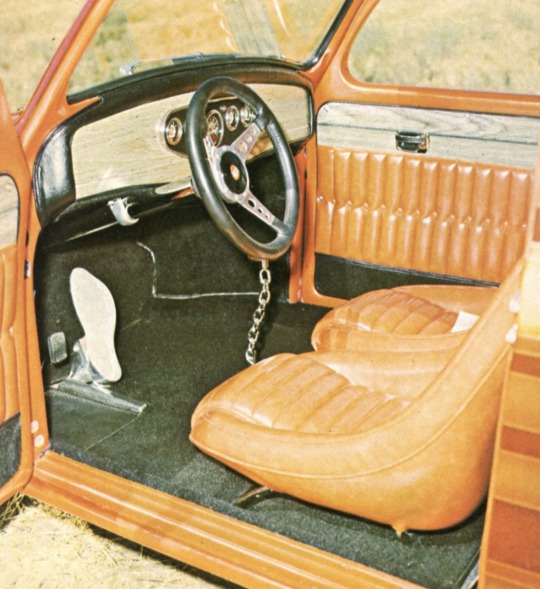

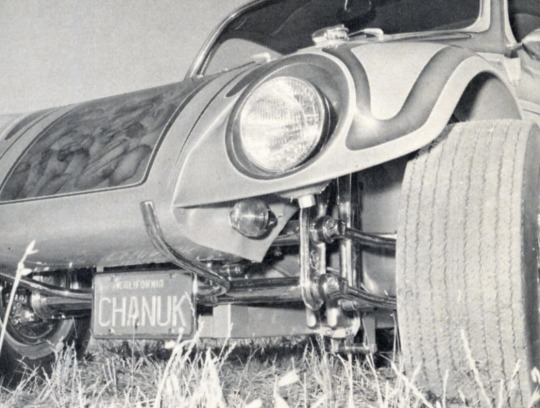
The Porsche 911 powered VW Beetle Hot Rod: The Porsche Wagen.
While a 911 engine swapped Beetle might be pretty common for 2023, in 1973, it was unheard of. Mad man Ed Papac’s crazy build features the body of a VW Beetle, engine from a 911S, and brakes from a Porsche Carrera. A stock Beetle in 1973 only had 58 horsepower but with this engine swap it would bump it up to 190 horsepower. Combine that with a pretty much gutted Beetle and this thing might actually be faster than the 911S that the engine came from. The cherry on top though is this insanely detailed 70’s bright orange hot rod paint job.
Scans from Street Rodder November 1973.
#porschewagen#porsche#vw#vwbeetle#beetle#porsche911#porsche911s#hotrod#streetrod#customcar#magazine#scans#70s#volkswagenbeetle#carchived#volkswagen#cars#archive#customcars#burntoutclutch
3 notes
·
View notes
Text



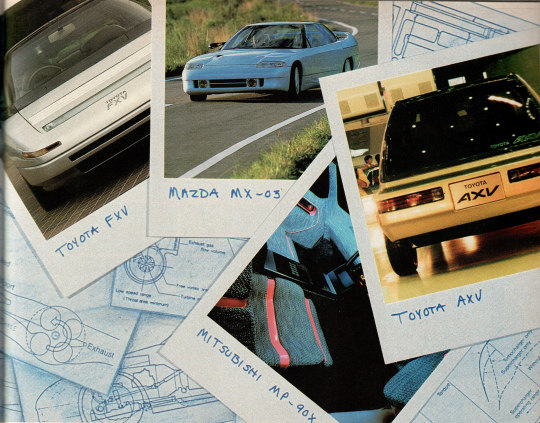
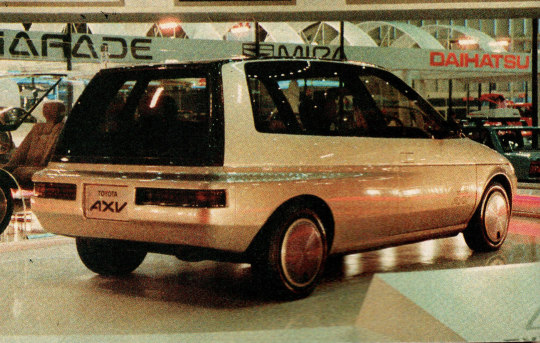



Some crazy concepts shown by Japanese car manufacturers at the 1986 Tokyo Auto Show.
1. Nissan Cue-X
2. Toyota FXV
3. Mitsubishi MP-90
4. Toyota AXV
5. Mazda MX-03
6. Suzuki R/SI
Scans from Car & Driver April 1986.
#conceptcar#tokyoautoshow#carshow#concept#toyota#nissan#mitsubishi#suzuki#nissancuex#toyotafxv#mazdamx03#toyotaaxv#mitsubishimp90x#carchived#archive#caranddriver#scans#magazine#80s#burntoutclutch
3 notes
·
View notes
Text



Late 80’s ads for BMW’s 6 series line.
The E24 line of cars was BMW’s first generation of the 6 series Grand Tourer cars. The 635CSi (L6) was produced from 1985-1987 with the Euro-spec of this car making around 215 horsepower. The E24 6 series was also offered with a performance M package which bumped up the horsepower to 256 and included a touring style body kit.
#bmw#bmwe24#bmw635csi#bmwl6#bmwm6#grandtourer#touringcars#bmwtouring#scan#advertisement#bmwm#mcar#racing#archive#carchived#bmwlove#burntoutclutch
3 notes
·
View notes
Text

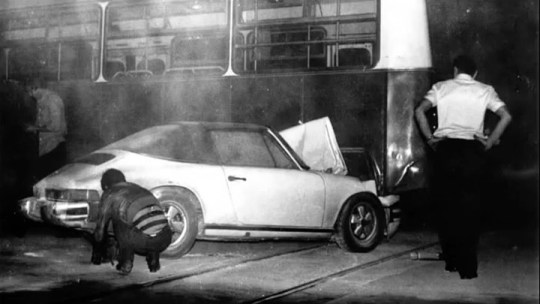

The Belgrade Phantom: Yugoslavia’s Ghost 911.
In the 1979, during Yugoslavia’s Socialist Dictatorship, a man by the name of Vladimir Vasiljevic gained notoriety for stealing cars. He earned the nicknames “Vlada Opel” for his love of stealing Opels and “Vlada Kljuc” which roughly translates to “Vlad the key” for his ability to hotwire almost any car.
At one point in his boosting career, Vlad came across a white Porsche 911 Targa owned by Serbian tennis player Ivko Plecevic, a car that was a particularly rare sight in Yugoslavia. Being an almost professional car thief, Vlad was up for the challenge of stealing the 911.
It’s unknown how long he actually had the car days but for about a week to 10 days, Vlad would take out this phantom 911 after 10pm and rip through the city streets. Local police gave him the name of the Belgrade Phantom because he would taunt and tease them in chases until late hours of the night before disappearing. He would call in to local radio stations and tell people where to stand for the best view of his driving “performance.”
The fun and games all ended when police setup a trap using empty busses that Vlad ultimately crashed in to. Even after the crash it wasn’t until 2 days later that police caught him after an anonymous tip was called in. Hardly any images or video exist of this phantom except for his final joyride and crash which ran in the newspaper. I’m 2009 a documentary film was made and many of the stories were recreated.
#thebelgradephantom#yugoslavia#belgradephantom#porsche911#911#vladthekey#stolencar#ivkoplecevic#tennis#racing#radio#phantom911#car#scans#archive#photo#burntoutclutch
1 note
·
View note
Text
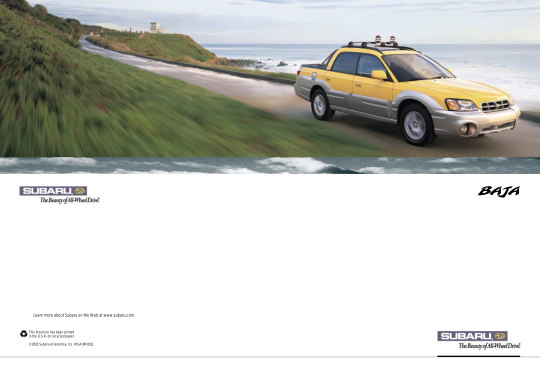

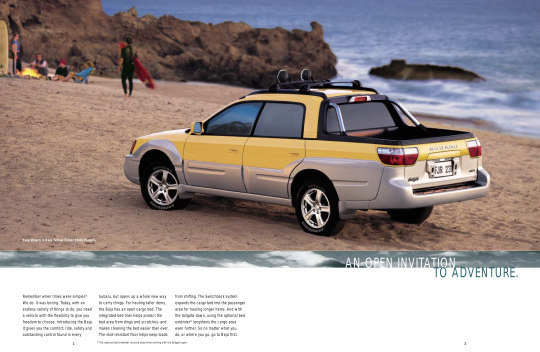
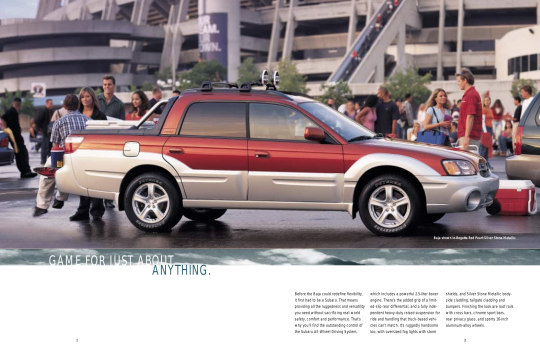
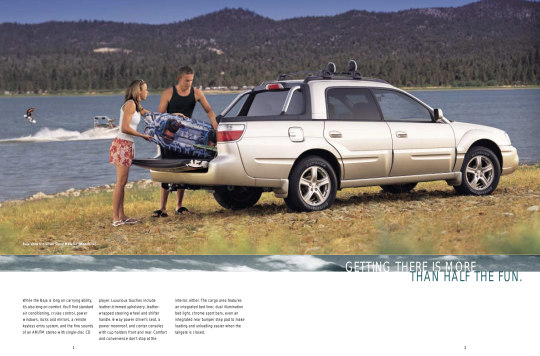
Business in the front, party in the back: The 2003 Subaru Baja.
If you know me personally, you know I’m a sucker for Subaru’s and the Baja is one I’ve been obsessed with since I was a kid. The Baja was the side of a sedan, had the storage space of a wagon, and also came with a pickup in the back. Initial reviews of this car were negative due to the peculiarity of its design and function which led to the stop of its production in 2006 after just 4 years. Looking back at it now and this thing was in a category of it own. The content featured here is from the original brochure and commercial for the Baja in 2002 showing off that unique yellow color.
#subarubaja#subaru#baja#truck#pickup#carchived#car#brochure#commercial#scans#advertising#subarunation#subie#subienation#subies#subuwu#archive#burntoutclutch
1 note
·
View note
Text

Funny advertising for the Subaru Forester featuring Antonio Banderas from 1997.
#subaruforester#subaru#ad#antoniobanderas#commercial#jdm#boxerengine#forester#japanesecar#advertisement#archive#scans#carchived#automotive#subaruforesterxt#90s#burntoutclutch
0 notes
Text

Three M’s: Mitsubishi, Marlboro, and Mäkenin.
Between 1996-1999, Finnish driver Tommi Mäkinen won every drivers title for the Marlboro sponsored Mitsubishi team. Driving a heavily modified Lancer Evo V, Mäkinen placed first in 4 out of the 14 events during the 1999 rally season. One year prior in 1998, Mäkenin even had a rally video game title under his name for the PlayStation 1. One of the coolest liveries of the late 90’s rally cars, I’m sure that this ad sold a lot of Lancers back in the day.
Scanned from Autosport Magazine of March 1999.
#mitsubishilancerevov#lancerevo#mitsubishilancerevo#mitsubishi#ralliart#marlboro#rallylivery#mitsubishimarlboro#rally#grouparally#tommimakinen#lancerevolution#lancer#racing#advertisement#ad#scans#autosport#magazine#burntoutclutch
0 notes
Text
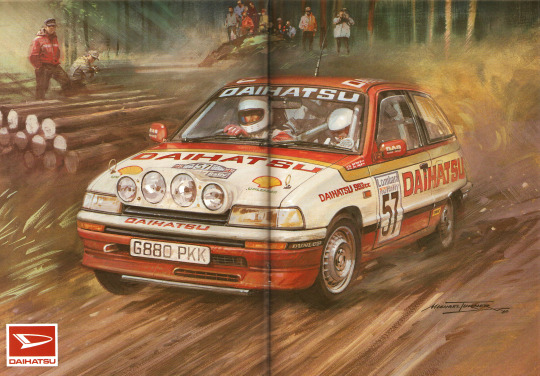
The Little Daihatsu That Could.
In the late 80’s Daihatsu took their shot at rally racing with their third generation Daihatsu Charade GTti. Powered by a small 1.0 liter turbo engine making only 105 horsepower, these little three door hatches did pretty well. In 1988, at the Safari rally, the GTti took 2nd in its class and 12th overall. In 1989 at the Lombard RAC rally, depicted on the second slide, it took 4th place in its class and 32nd overall. And finally in 1990, the Charade took 1st and 2nd in its class at the Safari rally, 9th and 10th overall out of 59 contestants!
#daihatsu#daihatsucharade#gtti#daihatsucharadegtti#racrally#lombardrally#daihatsurally#grouparally#groupa#safari#safarirally#rallyracing#racing#80s#80srally#rallysport#works#archive#scans#burntoutclutch
0 notes
Text
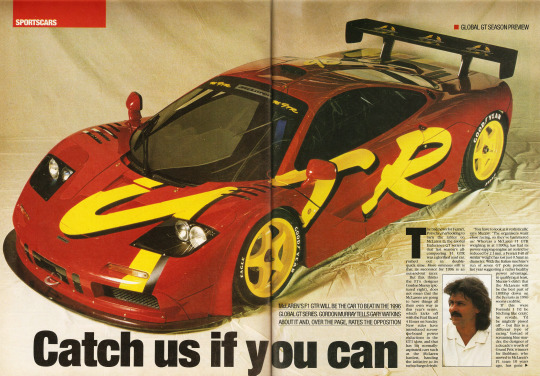






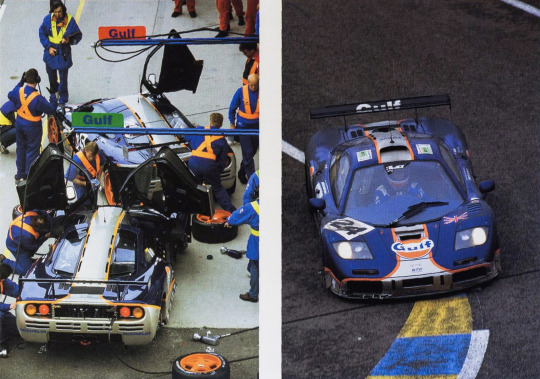
The story of the McLaren F1 and Gordon Murray.
The McLaren F1, a supercar crafted by McLaren Automotive, emerged from the visionary mind of Gordon Murray, who secured the support of Ron Dennis and enlisted Peter Stevens to shape its exterior. Unveiled in 1992, the McLaren F1 redefined the concept of supercars by embracing an uncompromising approach to design and engineering that transcended existing boundaries.
This groundbreaking masterpiece embodied a clean-sheet design, featuring bespoke components tailored exclusively for the car, excluding the taillights. The overarching principle driving its creation was efficiency, resulting in a compact form with featherweight carbon fiber body panels and understructure, along with aluminum or magnesium mechanical parts. Other unique features of the car are its powerful V12 engine from BMW and its center seat arrangement providing for optimal weight distribution. The obsession with weight became legendary, as even the Kenwood stereo, air conditioning, and gold-plated titanium tools were meticulously designed by manufacturers to meet Murray's stringent weight specifications, challenging the capabilities of parts manufacturers at the time.
Often overlooked is the McLaren F1's impressive racing legacy. The GTR competition version, reaching a top speed of 220 mph, immediately demonstrated its prowess by securing first, third, fourth, and fifth positions against purpose-built racers. It left the competition astounded. By the end of production in 1998, McLaren had produced seven prototypes, seventy-two street-legal models, and twenty-eight fully-fledged race versions. Notably, the Sultan of Brunei owns a notable collection of around eight F1s, while several unfortunate examples have met their demise due to over-enthusiastic owners. Fun fact, El Chapo owned one of these legendary vehicles and it has yet to be found.
#mclarenf1#mclarenf1gtr#gtr#mclaren#lemans#lemans24#carchived#gordonmurray#car#gordonmurrayautomotive#race#racecar#mclarenracing#racing#f1#archive#scans#burntoutclutch
1 note
·
View note
Text

1980’s ad for the Chevy S-10 pickup truck.
#chevy#cheverolet#chevys10#chevypickup#pickuptruck#truck#chevrolets10#trucks#80s#advertisement#ad#scan#archive#truckstuff#burntoutclutch
0 notes
Text
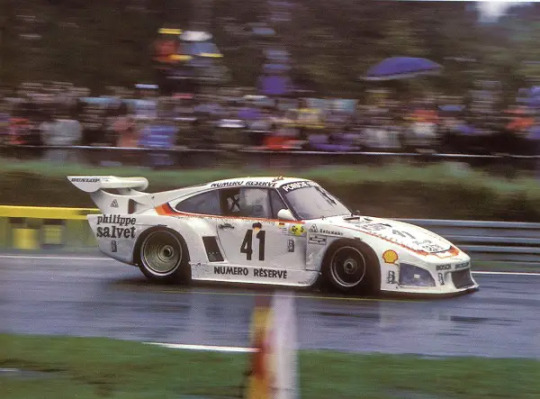

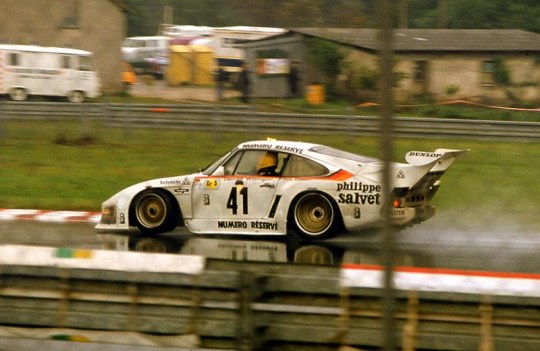

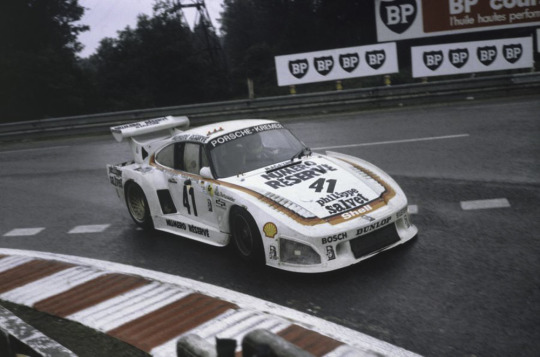
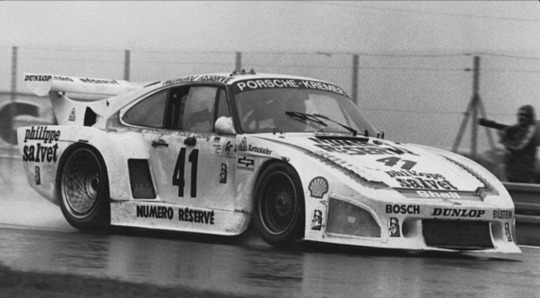
The drug smugglers who won the 24 hours of Le Mans in 1979.
Don and Bill Whittington were adrenaline junkies since they were young. They frequently raced planes before starting a small airline business. In 1978, the brothers decided to enter the 24 hours of Le Mans race in which they crashed after just a few hundred laps. The two were determined to be successful and came back in 1979, this time around they tried to get sponsorship from the legendary Porsche tuner K3. After some back and forth negotiations, K3 said that the brothers could race and start first if they bought their own car and the entire K3 team. To their surprise the brothers returned to them with $200k for the team and $40k for the car… in cash. They went on to win first place in Le Mans as their car was one of the only ones with a windshield wiper and it was raining during the race.
Many people wondered how they were able to buy these cars and the entirety of the Road Atlanta racetrack and when the truth came out people were shocked. The brothers had been using their airplanes to traffic and distribute large amounts of marijuana and cocaine around the county. They would land the planes on the track of Road Atlanta and load them up with pounds of contraband. Eventually the two were caught and all of their assets were seized to pay retributions.
#whittingtonbrothers#k3porsche#whittingtonbrosracing#porsche#kremerporsche#kremer#racing#race#24hrslemans#lemans24#lemans#racecar#drugs#drugsmuggling#racinghistory#archive#scans#burntoutclutch
1 note
·
View note
Text

Rare ad for the USDM spec Nissan 240SX convertible which was only produced for the American market from 1992-1994.
#nissan#nissan240sx#silvia#usdm#nissan240sxconvertible#convertible#rare#japanesecars#japan#240sx#advertisement#ad#carchived#cararchive#scan#cars#caraddict#archive#burntoutclutch
1 note
·
View note